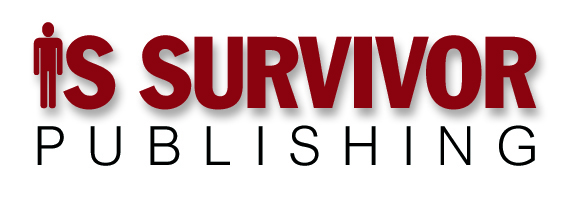I should have known better.
Last week I griped about Gartner failing to give credit where due, based on the simple arithmetic of an August, 2007 Gartner press release, which said, “[Research Fellow] Jackie Fenn has been authoring the hype cycle for emerging technologies for 12 years.”
For those few of you who had trouble with the arithmetic, you have to subtract eleven years, not twelve, to arrive at year #1 (12-11=1; subtracting 12 brings you to year 0) which meant the first publication would have been in 1996, several months after I published a very similar Technology Life Cycle in InfoWorld.
It appears Gartner is among those who have trouble with arithmetic. Subscriber Jim Parker pointed me to a January, 1995 Gartner report authored by Jackie Fenn which presented their Hype Cycle in all its glory. That means she has been publishing this for thirteen years, not twelve.
It also means she beat me to the punch.
Does this mean I plagiarized her? No. I had been using my version in conversation for several years before publishing it. Like Darwin and Wallace, Newton and Leibnitz before them, and countless other examples, Fenn and I arrived at the same idea independently.
As I say, I should have known better, on two counts. The first is one mentioned in this space more than once: Beware of ideas that fit your biases.
Most of us accept without scrutiny anything that fits what we already think. We only dig deeply into evidence and logic that run counter to what our gut tells us.
We have it backward.
It isn’t much of a secret that I frequently find Gartner annoying. So I took the Gartner press release at face value, where just a bit of digging would have saved me quite a bit of embarrassment.
That’s the first count. The second count is something I’ve learned over the years but often fail to remember: When you’re at all uncertain … and even when you aren’t … you’re more likely to be right by giving someone the benefit of the doubt than by withholding it.
This episode raised a third issue as well. A friend, commenting on the column, pointed out the futility of trying to protect any intellectual property placed on the Web.
He is, of course, right. Much as I would like to get credit for coining the term “ManagementSpeak,” for example, I’m well aware that when people enjoy content they will share it with friends and family. When they do so they don’t always take care to include authorship information when they cut and paste the content into an e-mail for wide distribution.
So while my desire for continuing ego inflation makes me mildly sad whenever someone forwards a list of unattributed ManagementSpeaks to me with the comment, “I thought you’d enjoy these,” it doesn’t really bother me. Quite the opposite — at least I’ve had an impact.
There is a difference, however, between failing to attribute and dishonestly claiming authorship. Failure to attribute authorship is, as sins go, pretty minor; nothing more than slovenly scholarship. Dishonestly claiming authorship is, on the other hand, plagiarism — something else entirely.
It’s a distinction worth preserving. So when, on the IT Catalysts website, we provide a description of our “IT Effectiveness Framework,” it’s with full recognition that competitors can learn the framework, modify it to their tastes, enhance it if they have the ingenuity, and use it to their profit if they choose to.
If they modify it enough they can put their own name on it. If they use it unchanged and claim it as their own, they are guilty of plagiarism and probably in violation of copyright law besides.
From our perspective the marketing value of putting the information where prospective clients can read it outweighs the risks associated with making it available to our competitors.
On our website we don’t provide the entire “IT Organizational Performance Model” — a more complex and complete account of the factors needed to run an effective IT organization. We don’t because we have invested considerable effort in this model, and consider it both proprietary and a competitive advantage.
There’s one more topic to cover in the subject of intellectual property: Priority. Scientists consider priority — the question of who first published a discovery — to be significant, and acknowledgement of priority to be ethically important.
It’s a principle I agree with. And so, although we created very similar models in parallel, Gartner deserves credit for priority in establishing the “Hype Cycle.”
Even if it is annoying.
